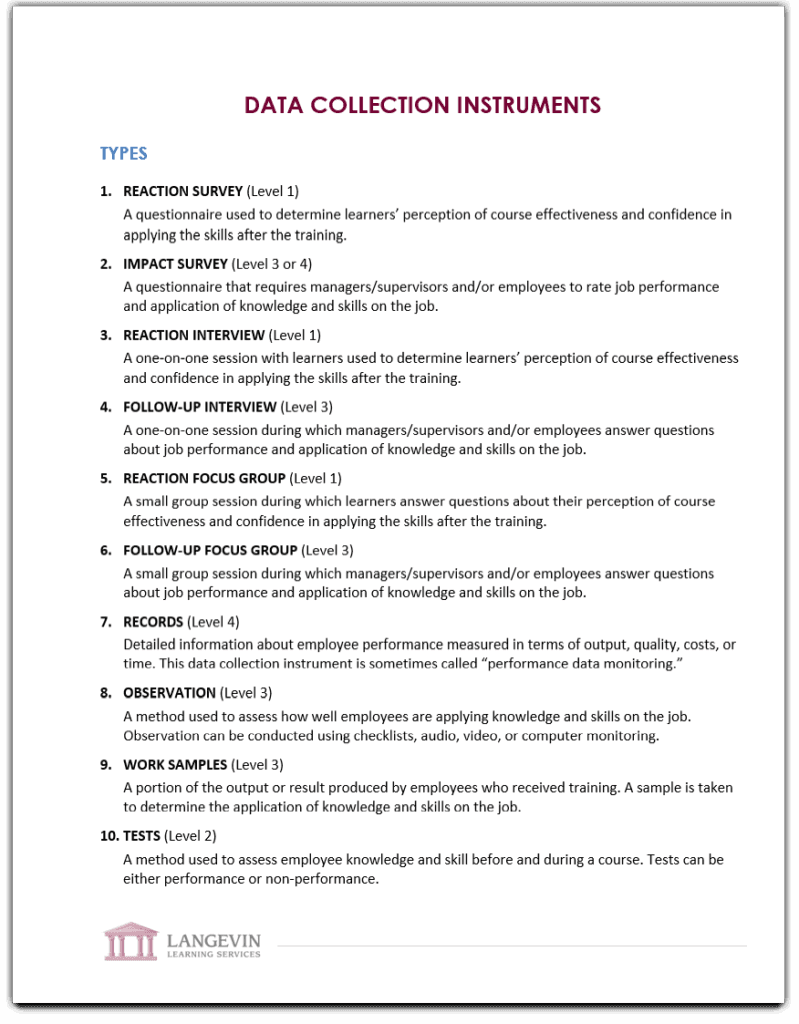Photo by: itsarasak thithuekthak via Canva
Imagine investing time, energy, and resources into a training program, only to wonder if it made a real impact. Enter Donald Kirkpatrick’s four levels of evaluation, a game-changer for anyone looking to measure training effectiveness and real-world results. This proven model provides a structured approach for assessing the effectiveness of our training. It breaks down evaluation into four levels: Reaction, Learning, Performance, and Results.
Reaction
Here, we measure the participants’ immediate response to the training. This can involve asking attendees about their overall satisfaction, confidence in their ability, and relevance of the content.
Learning
This level focuses on how much participants actually learned. Did they acquire the knowledge and skill from the training?
Performance
Here, we evaluate whether participants are applying what they learned back on the job. This can happen weeks or months after the completion of the training.
Results
This level determines whether the training had a positive impact on business results. Here, we ask:
- How did the organization benefit?
- What did we accomplish?
- What did we change?
Examples could be increased productivity, higher customer satisfaction, fewer errors, or less accidents. This is the ultimate goal—connecting training efforts to tangible improvements that benefit both the team and the organization.
But here’s the question. What are the best data collection tools that we can use at each level? Also, are there alternative instruments available? In our workshop, The Successful Training Manager, we categorize all the instruments by their level.
Let’s embrace these tools and watch our training deliver real and measurable changes.
Additional Resource: Alternative Ways to Evaluate Your Training [Video]
If you’d like to take your training department to a higher level of performance, please join us in our workshop, The Successful Training Manager. You’ll receive tools and resources allowing you to manage every aspect of the training function from needs analysis and instructional design to delivery and evaluation.

